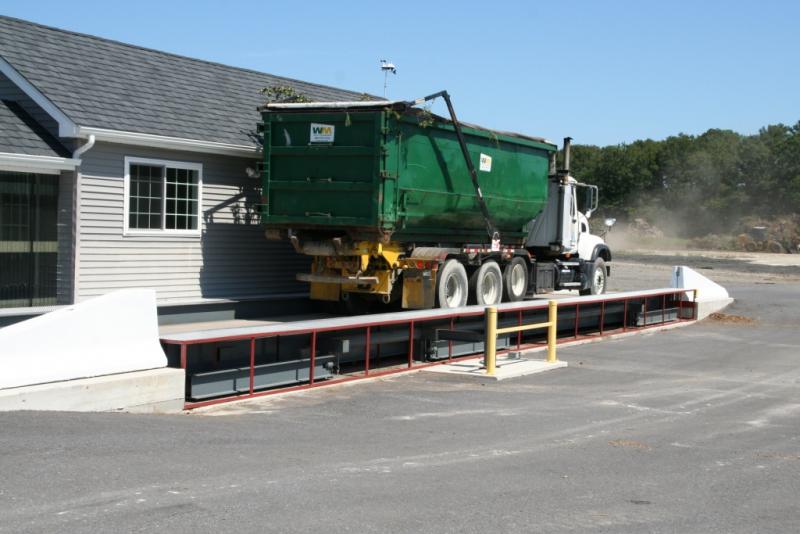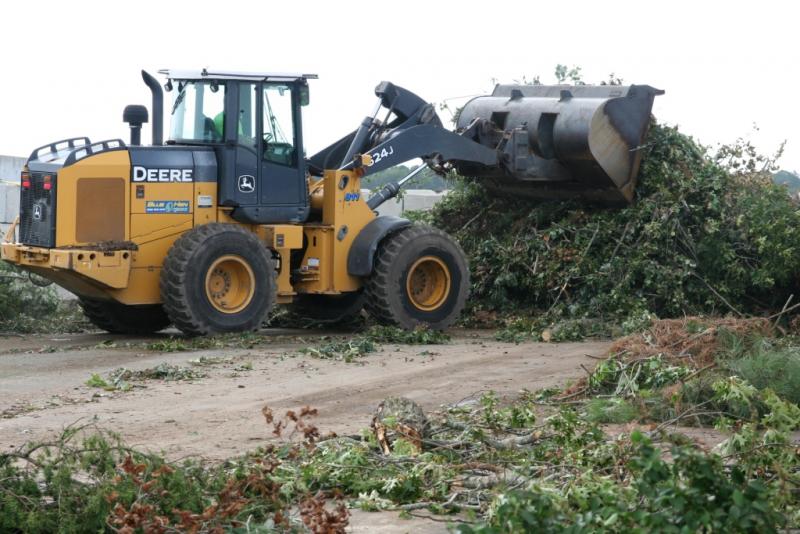Monday - Friday 7:00am to 4:00pm
Phone: (302) 732-3211

 |
Yard trimmings arriving at the Blue Hen Organics facility are weighed on our truck scale and the volume, material type, and weight are recorded by the facility’s computer system. The trucks are then directed to the centralized tipping area for unloading. This assures optimal safety for customers dropping off yard waste because there is never a possibility for anyone to get too close to the grinding equipment. |
 |
The material is inspected for contaminants by load checking personnel, and any unacceptable materials are either returned to the truck or placed in a dumpster for transport to the landfill. The contaminant free material is sorted and moved to the grinding area by front end loader. |
 |
After grinding, mixtures of organic materials are placed directly in trapezoidal windrows based on a computer model formula for each type of compost. These windrows are 16ft wide, 7ft tall, and 260ft in length. |
 |
During the initial composting period, windrows are monitored daily for temperature and moisture content. Records are maintained on site and include daily temperature readings, turnings, and documentation of the fifteen-day pathogen reduction period as required by the EPA. Throughout the composting process, temperatures are maintained between 130-150 degrees Fahrenheit within the windrows by turning the windrows as needed. Moisture is adjusted by adding water with an on-site water truck as necessary to maintain a 40% to 50% moisture content. |
 |
When a windrow reaches proper aging parameters, the material is moved to curing pads for further aging. Curing windrows are monitored daily for temperature and moisture content. |
 |
Once the compost is mature, it is brought to the 3/8" or 3/4" trommel screen for screening. The trommel screen separates the composted yard trimmings into 3/8” minus fines and overs. Overs from the screening process generally consist of wood chips, fibrous material, and plastic contaminants. Contaminants are removed for disposal and/or recycling and the remaining overs are re-introduced into windrows and serve as inoculants to jumpstart the composting process in a new windrow. Our finished compost exceeds EPA 503 standards and is tested for organic content, nutrient value, Carbon/Nitrogen ratio, and other items to ensure a high quality end product. |